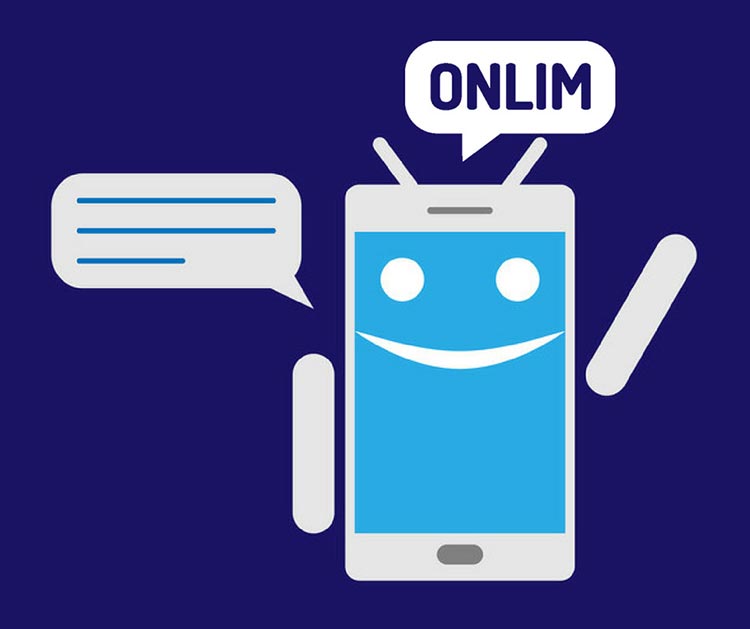Sentiment Analysis: Enhance Your Chatbot Experience
Digital communication technology has become a core aspect of any modern business strategy, as text-based chats are becoming a very convincing and cost-effective option for customer service and are widely preferred by younger generations of customers. For that reason, chatbots have caught a lot of attention from businesses and are an established option for many web services by now.
For these to work well, chatbots need to be able to evaluate what a customer wants to achieve in his conversation with the bot. Besides understanding the fundamentals of text inputs and human language, it is just as important to analyze the mood or sentiment of a conversation. As they are key aspects of human language and communication.
Download our free e-book to learn everything you need to know about chatbots for your business.
To help with this capacity of chatbots and enable frustration-free communications with humans, sentiment analysis has become an integral part of chatbot development, focusing on analyzing and understanding the emotional layers of customer conversations better.
What is sentiment analysis?
Sentiment analysis is an added layer to the Natural Language Processing (NLP) of a chatbot. It is a set of functions that allow the chatbot to understand the mood of a user through analyzing speech patterns and sentence structures.
Sentiment analysis allows the chatbot to understand the mood of a user through analyzing speech patterns and sentence structures.Click to Tweet
The chatbot collects incoming text data and saves it for further insights. The following sentiment analysis is a complex process that evaluates the effectiveness of messages sent between chatbots and humans with a focus on user satisfaction.
Complexity mainly stems from the different meanings we can express in a sentence. Messages can be binary (positive, negative) or layered (positive, negative, very positive, very negative, neutral or a mix). That’s why advanced analytical methods are used to gather the information that even goes beyond these simple polarities and make emotions like anger, sadness or happiness ‘understandable’ for an artificial intelligence like a chatbot.
With these insights, a chatbot’s ability to cater to customer needs is strongly enhanced and additional services can be adjusted appropriately.
Current use of sentiment analysis for chatbots
Chatbots are used for direct communication with customers. The success of such an interaction is mainly reliant on how well the AI chatbot and the customer can understand each other.
If a chatbot can understand the language structure, the emotional context, and tonality of a client right from the start of a conversation, then it can choose the best path of action accordingly. Based on sentiment analysis, it can adjust its strategy and choose the right way of communication for a specific client and situation.
-
Personalized customer communication
By employing sentiment analysis, a chatbot can adjust its responses to the emotions of a customer. That’s how more enjoyable and goal-oriented interactions are created.
-
Connect with a live agent
A service always has to be measured by the customer satisfaction it is able to achieve. If customers are in a bad mood right from the start of a conversation, chatbots can connect them to a human service agent within seconds.
-
Categorize customers
Data generated by using chatbots can be very useful, as it is able to display full customer-interactions. With sentiment analysis, chatbots can identify the most ‘complicated’ customers and add them to categories. Based on the level of experienced satisfaction, more demanding customers can be addressed with extra care to avoid further frustrations.
-
Analyzing general customer satisfaction
In addition to categorizing customers, sentiment analysis can be used to learn more about the perception of customers towards services, products or a brand in general, as chatbots receive a lot of viable information about the customers when communicating with them.
Challenges and potentials of sentiment analysis
Even with the multitude of capacities that are enabled through sentiment analysis, chatbots still remain limited in their interactions and problem-solving skills in some cases. Oftentimes the reasons can be found in NLP processes like a complex sentence structure or sarcasm and words that can be interpreted in different ways. That’s why it’s important to develop and use chatbots according to their limitations and make them a part of an integrated customer service strategy in close cooperation with human agents.
Sentiment analysis can struggle with categorizing words that describe feelings right. As every human uses words in a different way to describe ideas and concepts.
If algorithms are not fine-tuned enough emotions will not be detected and frustrations might be overseen. This can be detrimental to a brand’s perception and needs to be addressed accordingly.
Sentiment Analysis: Enhance Your Chatbot Experience.Click to Tweet
Even with all challenges coming up, the development of sentiment analysis has been very successful. Especially, with syntax analysis growing, AI systems will get better at understanding human language. This is where chatbots will shine and become a close imitation of their human counterparts. Being able to understand and express emotional depth or moods.
What are Large Language Models (LLMs)?
March 18th, 2024|
What are chatbots and how do they work?
November 23rd, 2023|
The AI Act and its impact on the use of chatbots
October 27th, 2023|



